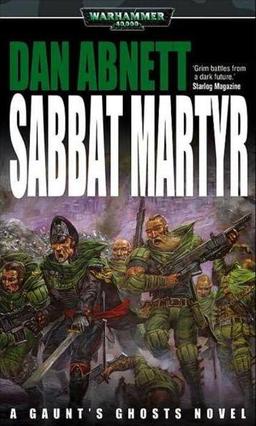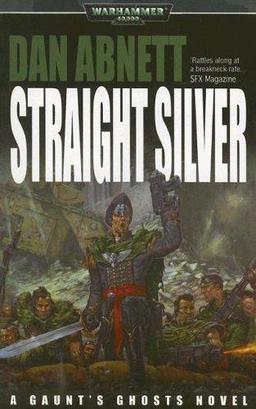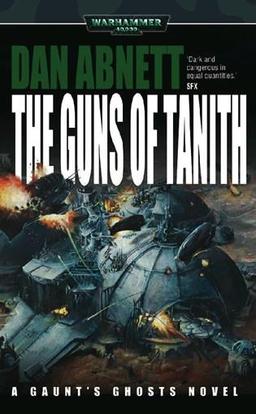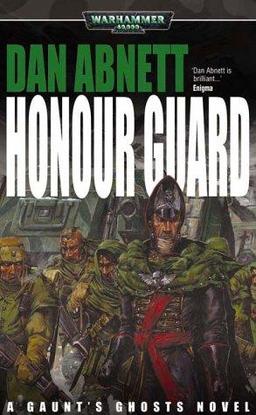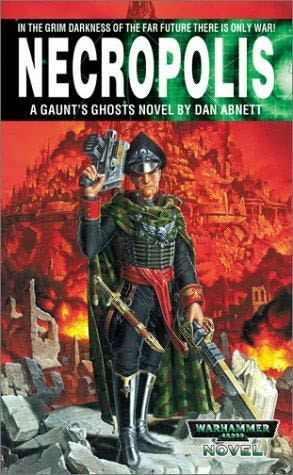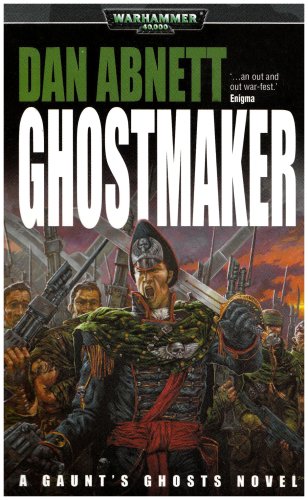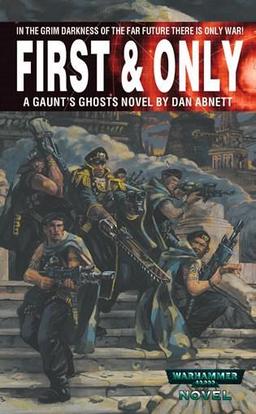The Wasteland: Swan Song by Robert McCammon
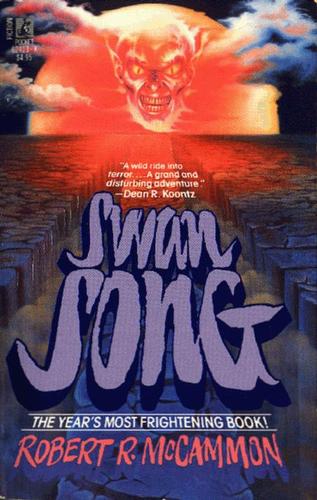 |
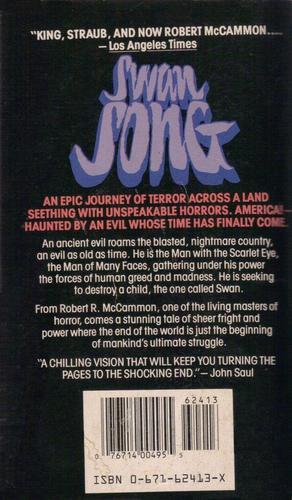 |
Swan Song
By Robert McCammon
Pocket Books (956 pages, $4.95, June 1987)
Cover by Rowena Morrill
Post-apocalypse tales are a rising star these days. Mad Max: Fury Road is rightfully acknowledged as a high-water mark for action films. Most recently the release of Bethseda’s Fallout 4 has anyone who calls himself a gamer holed up for power-armored adventure in the American wasteland. Whether the apocalypses are caused by nuclear blasts, hordes of the undead, or simply climate change, they consistently capture the imagination of millions.
The appeal is easy to understand. Our imaginations suggest that the collapse of civilization would give us ordinary people a chance to be heroes, to transform our baseball bats into swords, to see our commuter vehicles transformed into heroes’ chariots. We spend idle time in fluorescent-lit cubicles wondering how we’d fare if a mushroom cloud rose over the horizon.
Most post-apocalyptic settings have a clear surface pessimism. The end of civilization isn’t generally something to smile at. But I think the genre’s enduring popularity can be found in an underlying optimism about the ability of (relatively) ordinary people to become heroes in the most extreme circumstances imaginable. The misery of radioactive mutations or mass deaths are the grim background which makes the courage and heroism of the survivors all the brighter.
